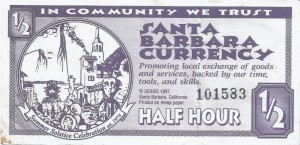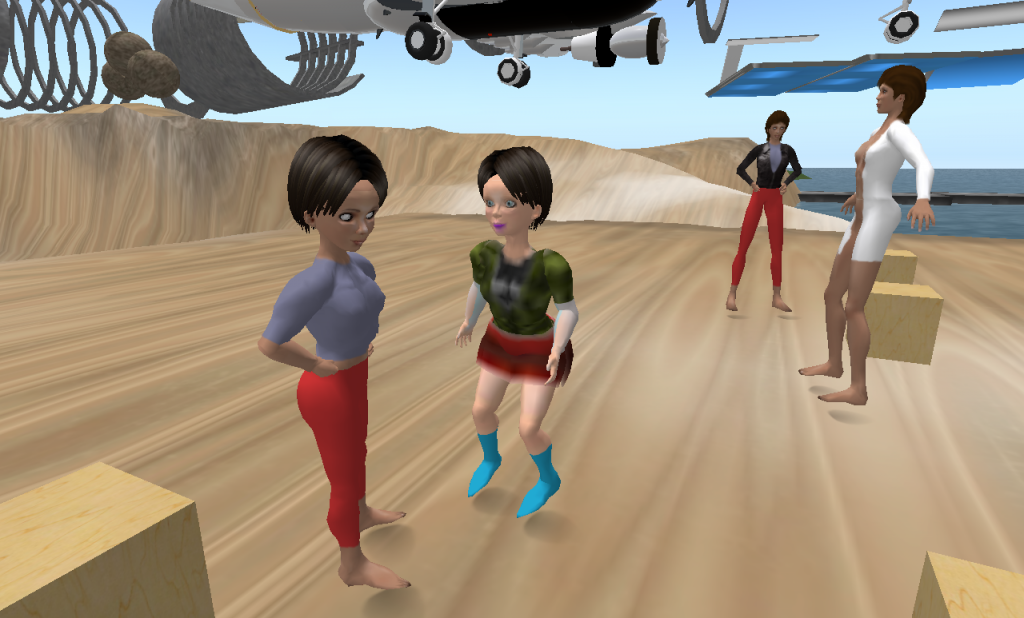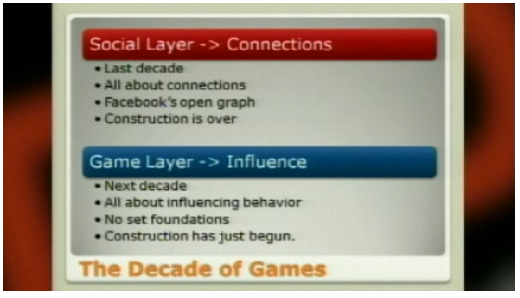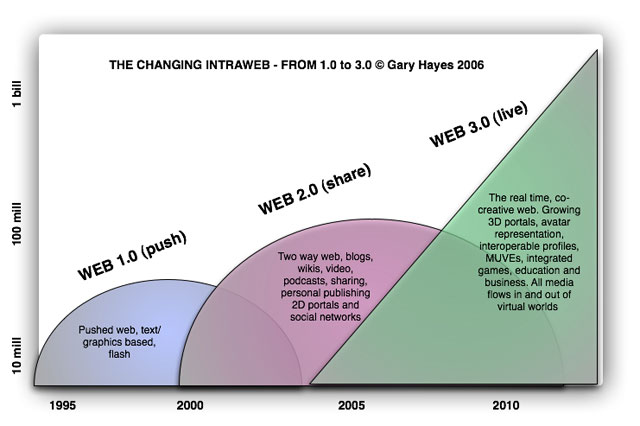“Papiergeld kehrt früher oder später zu seinem inneren Wert zurück, Null!“ Voltaire (1694-1778)
Mickey Mouse money?
There have been many variants of local currencies within specific areas for some time but most of these have been limited in terms of scalability. For example, Disney Dollar banknotes are issued and accepted in Disney theme parks and carry pictures of characters including Mickey Mouse, Pluto and Goofy. In South Korea, Samsung employees have also been partially paid in the form of company currency which can be spent in Samsung owned stores. Equally, but less officially, within prisons cigarettes have been a long-standing form of currency.
http://www.complementarycurrency.org/
Wikipedia: Komplementärwährung / Complementary currency



